Our program brings together a broad range of experts in theoretical and experimental aspects of quantum materials with world class expertise.
Quebec facilities

In the Montreal and Sherbrooke area, trainees experience is enriched by immersion into innovation acceleration platforms, as well as other opportunities within Quantum Sherbrooke Innovation Zone.

Grutter Research Group
Prof. Grutter lab has state of the art and innovative nc-AFM room and low temperature equipment in his laboratory. His group also has access to a nanolithography tool used for patterning atomic defects (Nanofrazor).
Szkopek Nanoelectronic Materials and Devices Group
Dr. Szkopek CREATE-supported trainees pursue an experimental program to functionalize and/or intercalate 2D materials to controllably tune their properties. Band engineering of quantum materials are achieved by high-density alkali doping of graphene, black phosphorus, and other materials using a novel, flip-chip method developed in the Szkopek group allowing for in situ charge transport measurement.


Light-Matter Group
Dr. Kéna-Cohen’s group focusses on the development of optoelectronic devices based on molecular and 2D semiconductors and on engineering quantum light-matter interactions. Trainees focus on the molecular mesoscopic strong light-matter coupling for generating quantum light under coherent excitation using both the conventional and unconventional polariton blockade.
Nano and Quantum Semiconductors Laboratory
Dr. Moutanabbir’s lab is home of the only facility in Canada dedicated to the epitaxial growth of scalable direct band gap group IV semiconductors and to a unique world-wide facility for the fabrication of isotopically purified silicon and germanium crystals and heterostructures.
Ontario facilities

In the Toronto/Waterloo area, we partner with the Alliance for AI-Accelerated Materials Discovery (A3MD) to learn how to use the power of artificial intelligence to design the next generation of high-performance materials.
MaQTech trainees are also introduced to the resources of the quantum technology commercialization incubator Waterloo Quantum Valley. These visits include immersive hands-on theoretical and experimental projects, fostering trainees’ continuous engagement throughout their program.
Moreover, Canadian and international partners share their latest technology and participate in teaching.
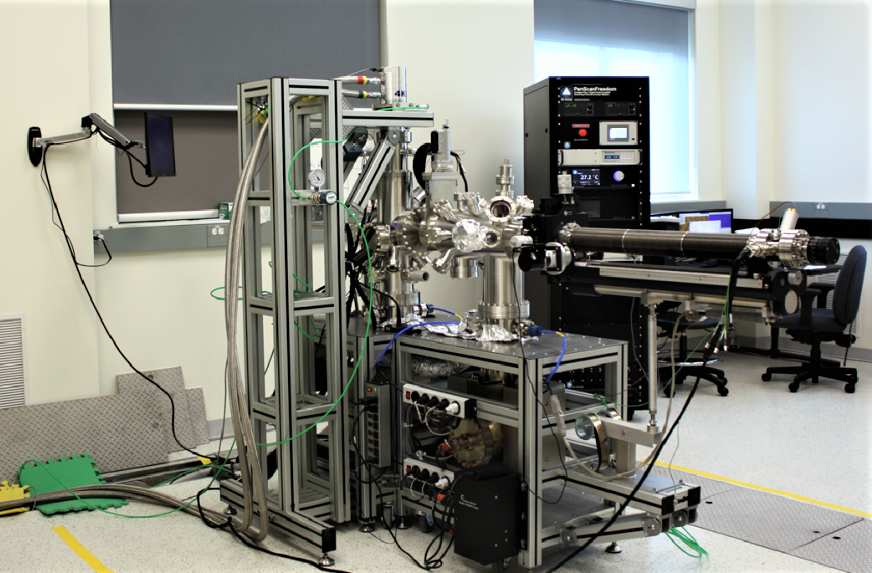
The Luican-Mayer Lab
Prof. Luican-Mayer’s laboratory has state-of the art low temperature STM/STS as well as a 2D material stacking station. Her group has access to state-of-the-art cleanroom nanofabrication user facilities at uOttawa.
National Research Council Canada (NRC)
Dr. Gaudreau coordinates electron beam lithography with the nanofabrication facilities at the National Research Council Canada to fabricate devices. His lab has a dry dilution refrigerator with an 8T magnet and optical access allowing photocurrent and PL mapping experiments with submicron resolution. It also has a 1.5 K dry cryostat with an 8T magnet and optical access.
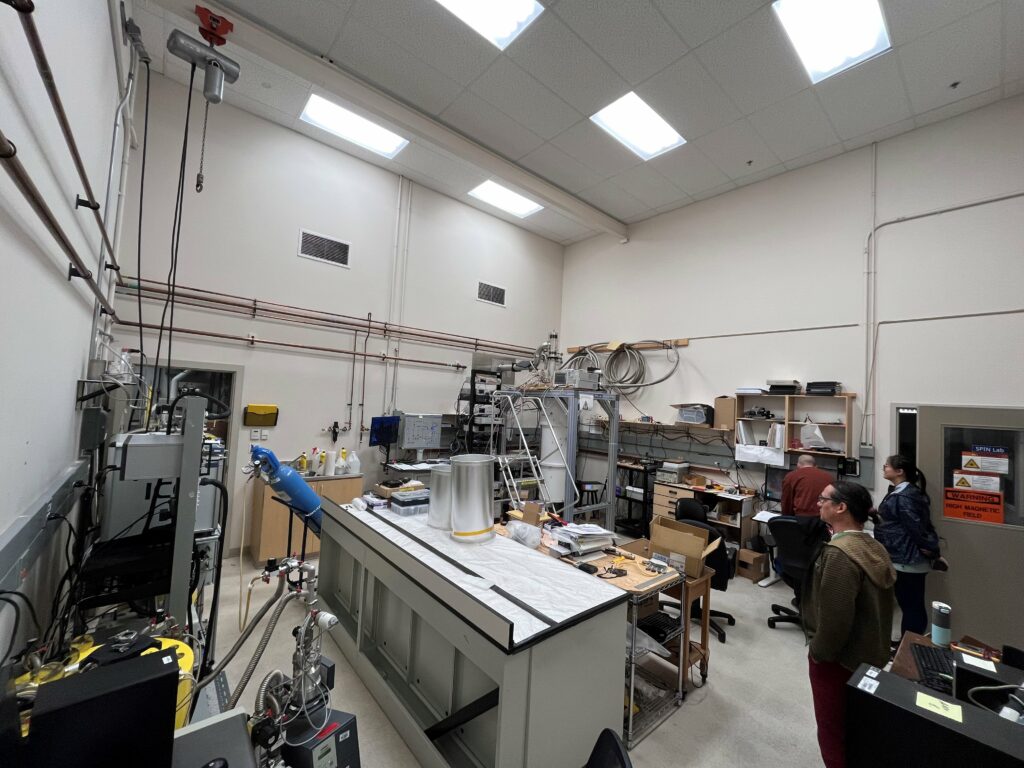
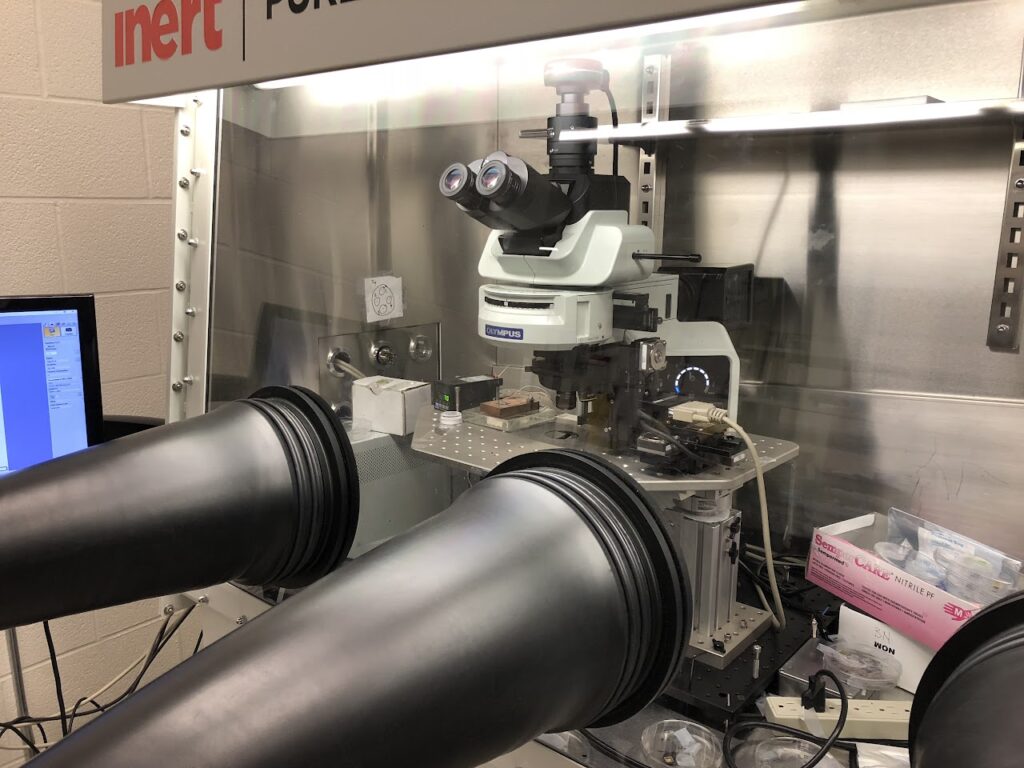
Prof. Tsen’s Group
Prof. Tsen’s laboratory has motorized microscope/transfer stage in glovebox for deposition of magnetic 2D films. He also has several low temperature quantum transport set-ups
Theoretical research

Prof. Tremblay’s Group
Theoretical expertise in correlated electrons, including unconventional superconductors and topological materials, where they developed state of the art methods. Trainees develop new computational methods for understanding correlated quantum materials.
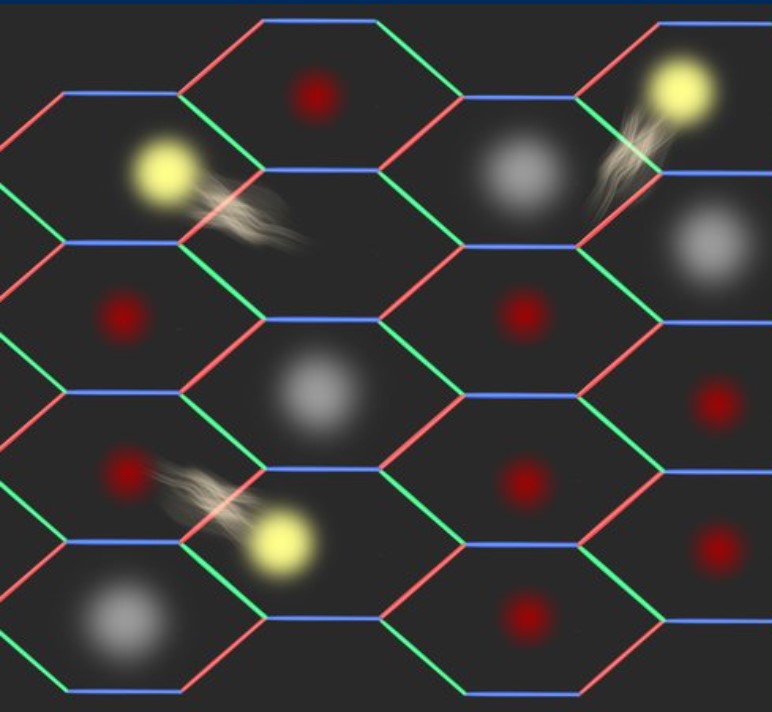
Hae-Young Kee Group
The HQP receive broad training in analytical and numerical techniques including first principle ab initio calculations, tight binding models and strong coupling expansions, and exact diagonalization. They develop model Hamiltonians that give direct insight into the physics of complex materials and bridge the gap between abstract theory and real materials and explore collaborations with experimentalists on target materials.
Prof. Pereg-Barnea’s Group
Trainees learn how to write minimal models for complicate systems while maintaining the essential ingredients for understanding the key properties. They search for systems that may exhibit topological superconductivity, capable of hosting Majorana fermions – proposed building block of topological qubits and propose new ways to control and manipulate them.
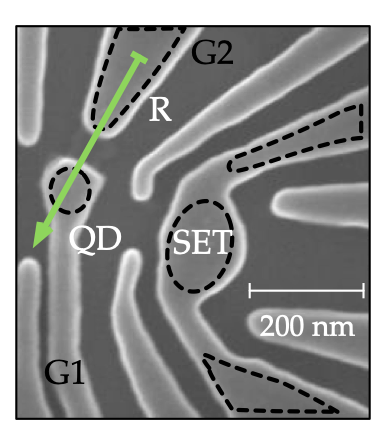
Czischek Group
Czischek’s group works at the intersection of artificial intelligence and quantum technologies, using artificial neural networks to advance numerical simulations of quantum systems and to facilitate quantum experimental setups. Trainees will learn invaluable ML/AI skills while exploring automated processes in quantum material assembly and quantum device operation and implementing artificial neural networks on specialized hardware.


